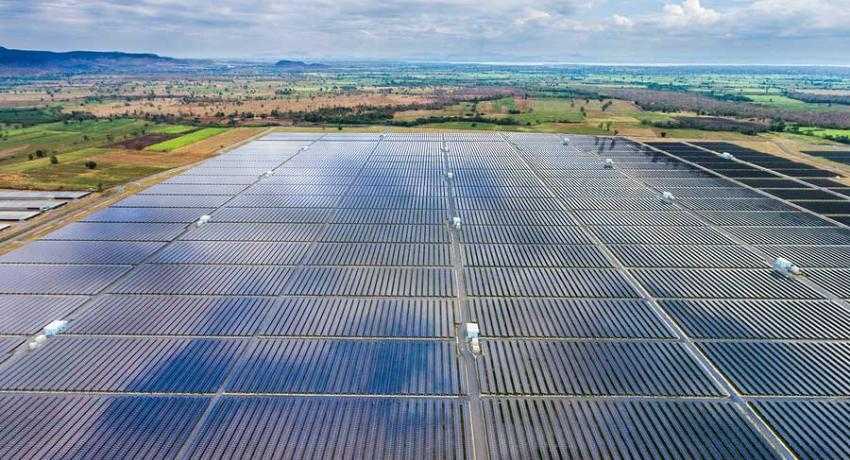Benchmarking the U.S. Electricity Grid against the Eclipse
On August 21st, the United States will experience a solar eclipse.
The eclipse will be visible across the continent, depending on cloud cover and other factors – like the lunar limb profile – and will last two minutes, give or take 1 to 3 seconds.
In California, where the sun shines almost all the time, utility-scale solar energy provides 8 gigawatts, or GW. Another 4 GW is private, and comprised of solar rooftops and arrays.
While Californians are outside staring at the sky, California’s electric utilities will be briefly – and hectically – trying to make up for the loss of output from those solar power plants. One approach requires firing up intermediate natural gas-plant generators, via the California Independent System Operator, or CAISO, mandate. The CAISO oversees California's electric power system, and has already calculated that utilities will need to generate 6,000 additional megawatts, over about three hours, to make up for the loss.
The loss isn’t merely a few minutes one side and the other of the 10:19 a.m. umbra, or moment of ultimate darkness. Utilities need to ramp up and down the power supply over a period of three hours. This period begins just after 9 a.m. and ends about 11:44 a.m., the antenumbra.
The issue is not how much solar power will be lost to the grid, but how quickly utility-scale solar can be taken offline, and how readily it can be replaced by other sources like natural gas plants, which have typically been the “bridge” in any utility generation modality.
Factor in the Californians who will be turning on their lamps – during a period when said lighting would almost never be used – and the size and scope of the problem becomes more apparent. Add the extra electricity use as private facilities (i.e., solar rooftops or solar arrays) fail to provide a single watt, and the true scale of the problem becomes evident. An earthquake might actually be less power-disruptive.
Fortunately, California has installed battery storage – courtesy Tesla, AES Corp., and Altagas Ltd. (and largely as a result of the Aliso Canyon failure) – which may help lift the darkness, albeit neither cheaply nor fully.
Elsewhere, three Midwest states—Illinois, Ohio and Minnesota—are plodding their way through the various stages of shaping a future in which utilities operate within a reliable, resilient, affordable, and 21st Century clean grid system.
In Minnesota, this e21 Initiative is result of cooperation between the Great Plains Institute and the Center for Energy and Environment, aided by project partners George Washington University Law School, Xcel Energy, and Minnesota Power.
In California’s Mojave Desert, First Solar, California grid operator CAISO, and the National Renewable Energy Laboratory, or NREL, have already demonstrated that a 300-megawatt solar farm can synch with CAISO’s automatic generation control (AGC) signals to provide intermittent power – a feat that once seemed out of reach.
The last total eclipse in the U.S. occurred on February 26, 1979, the year of Iran’s Islamic Revolution and the beginning of the second oil crisis. During this crisis, the Organization of Petroleum Exporting Countries, or OPEC, raised oil prices, driving the price of gasoline from 38 cents a gallon to 84 cents a gallon in the U.S.
All of which demonstrates that America’s energy producers, if no more popular than they were in 1979, have for the most part come a long way toward establishing a clean, renewable electricity infrastructure. The 2017 eclipse is a way to test that system. In effect, the industry will be benchmarking itself against a neutral player – the sun.




